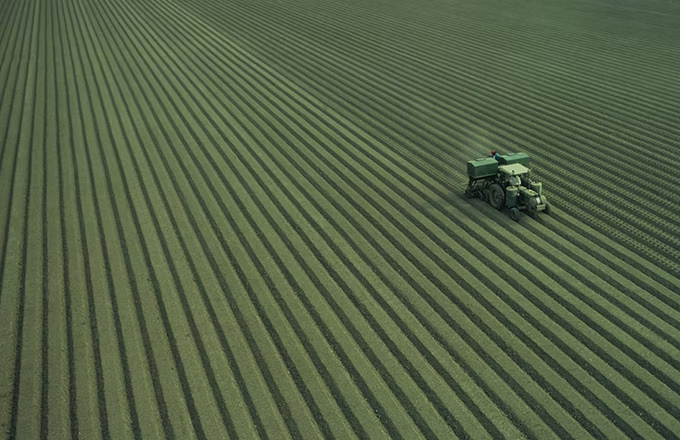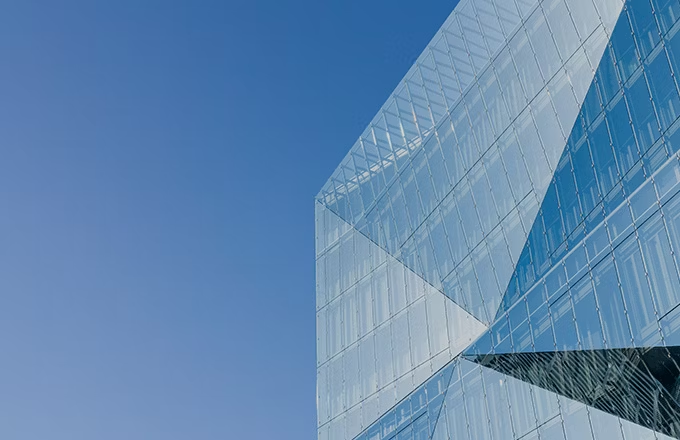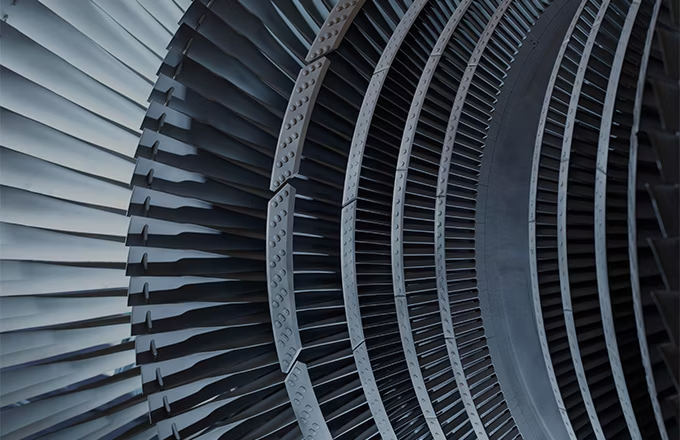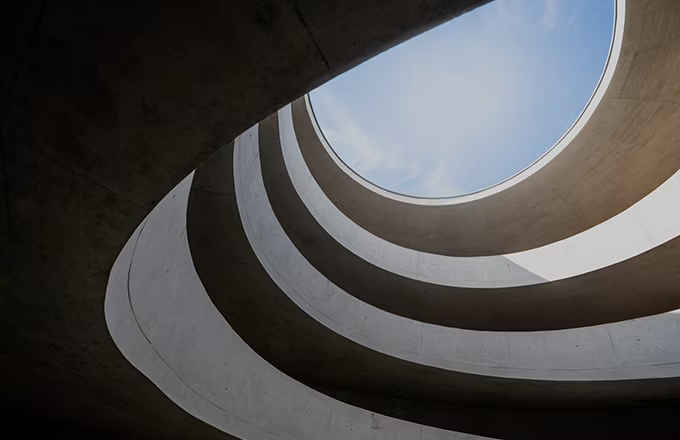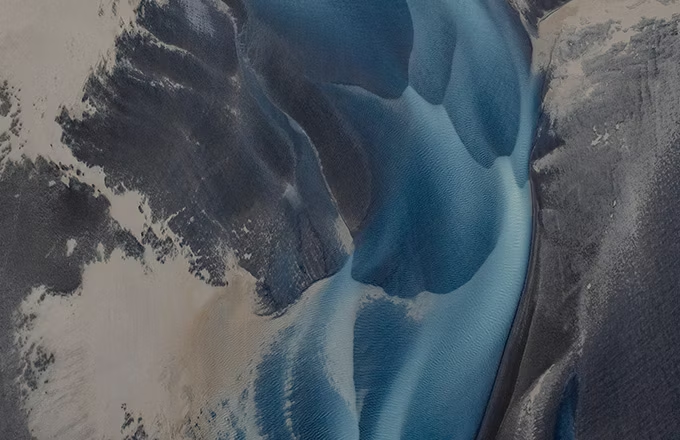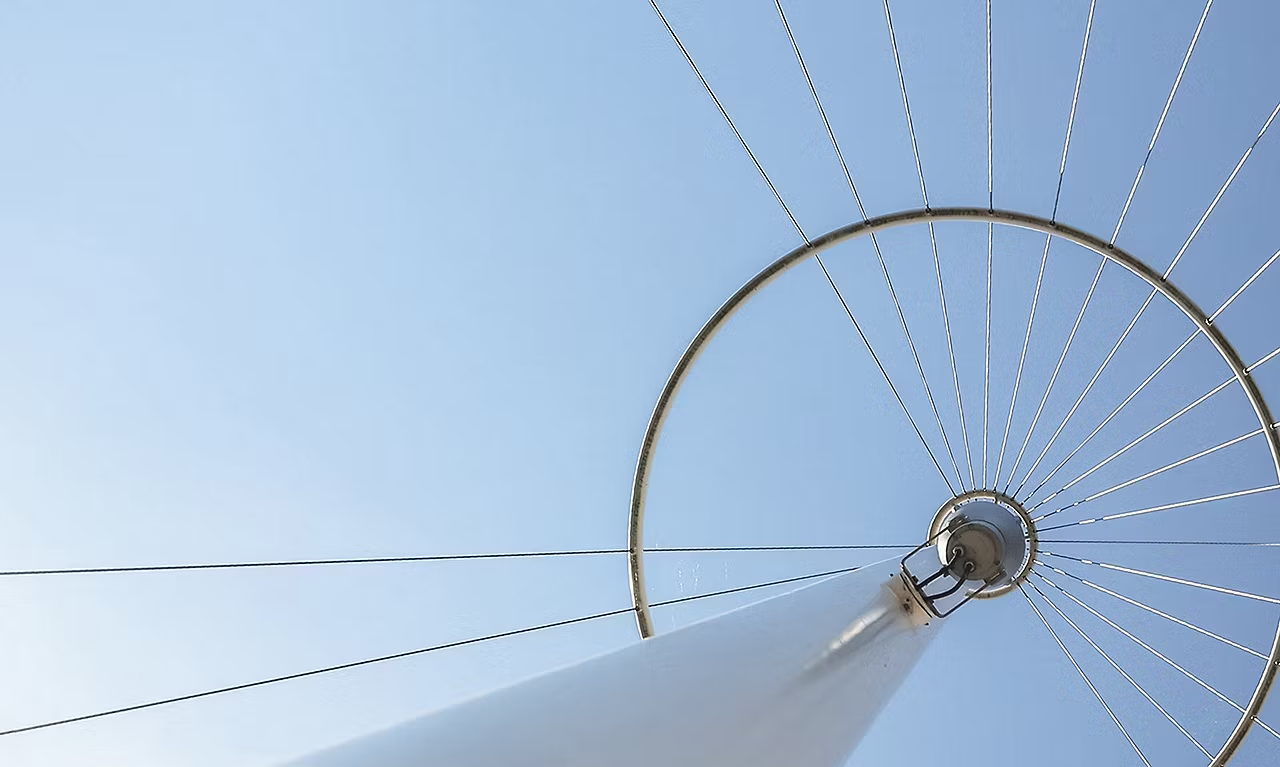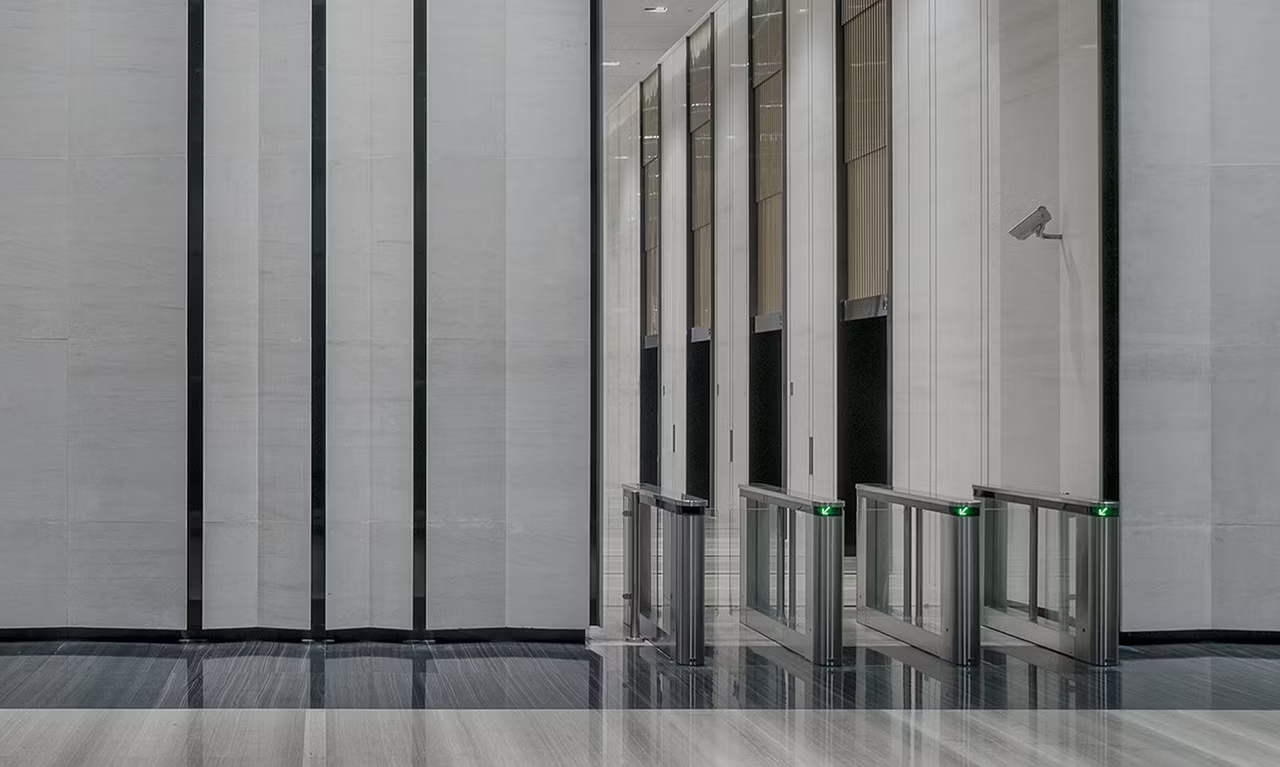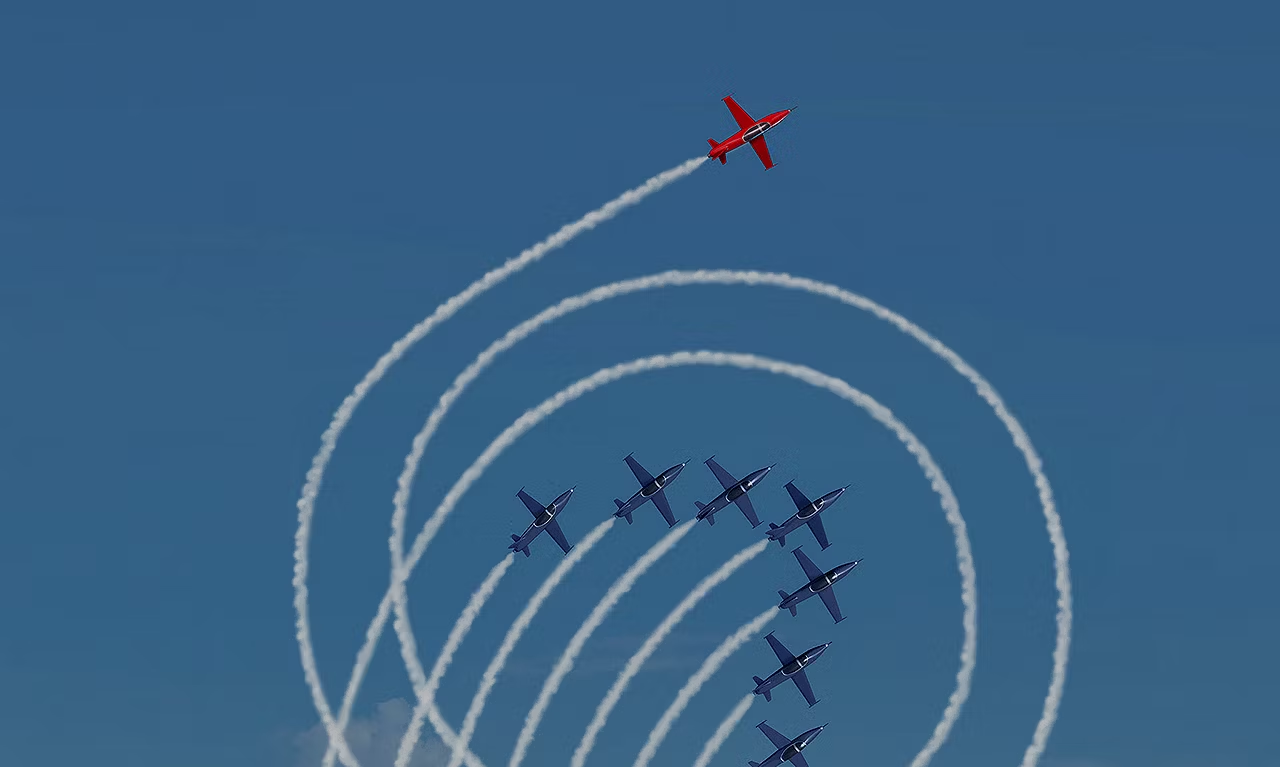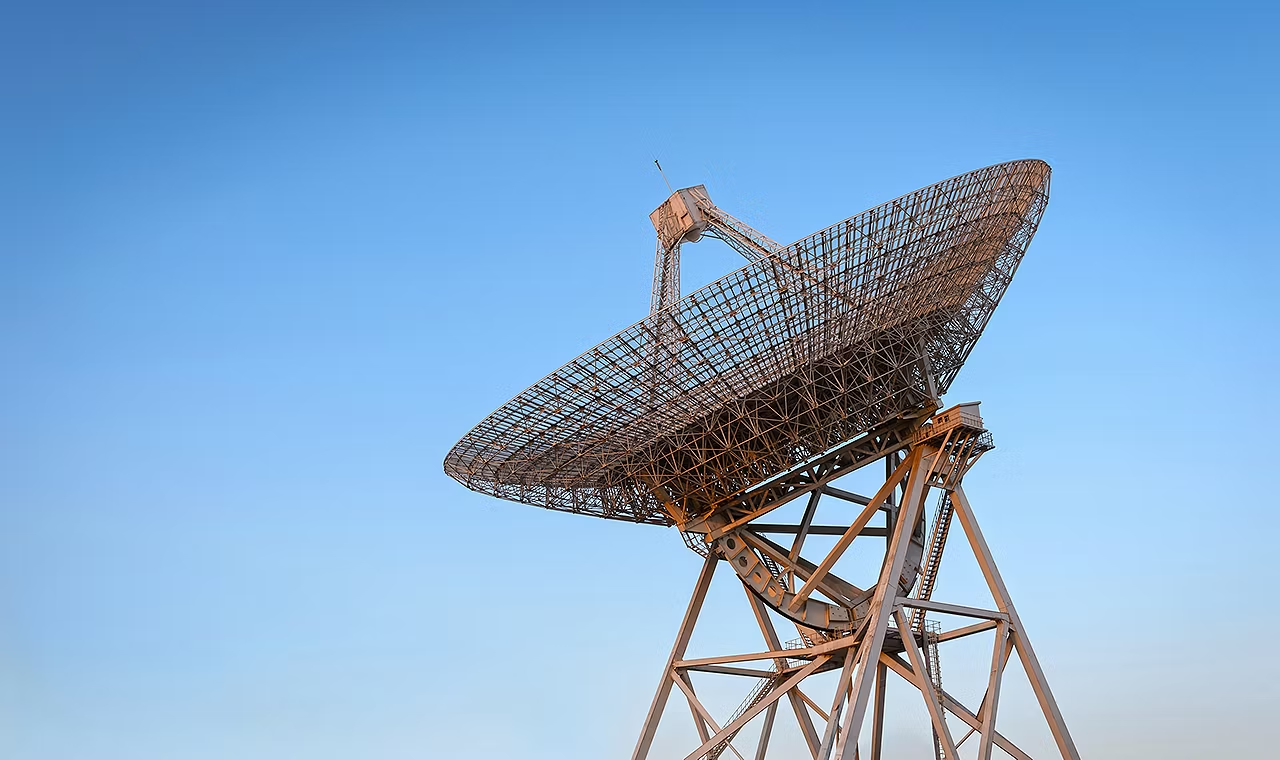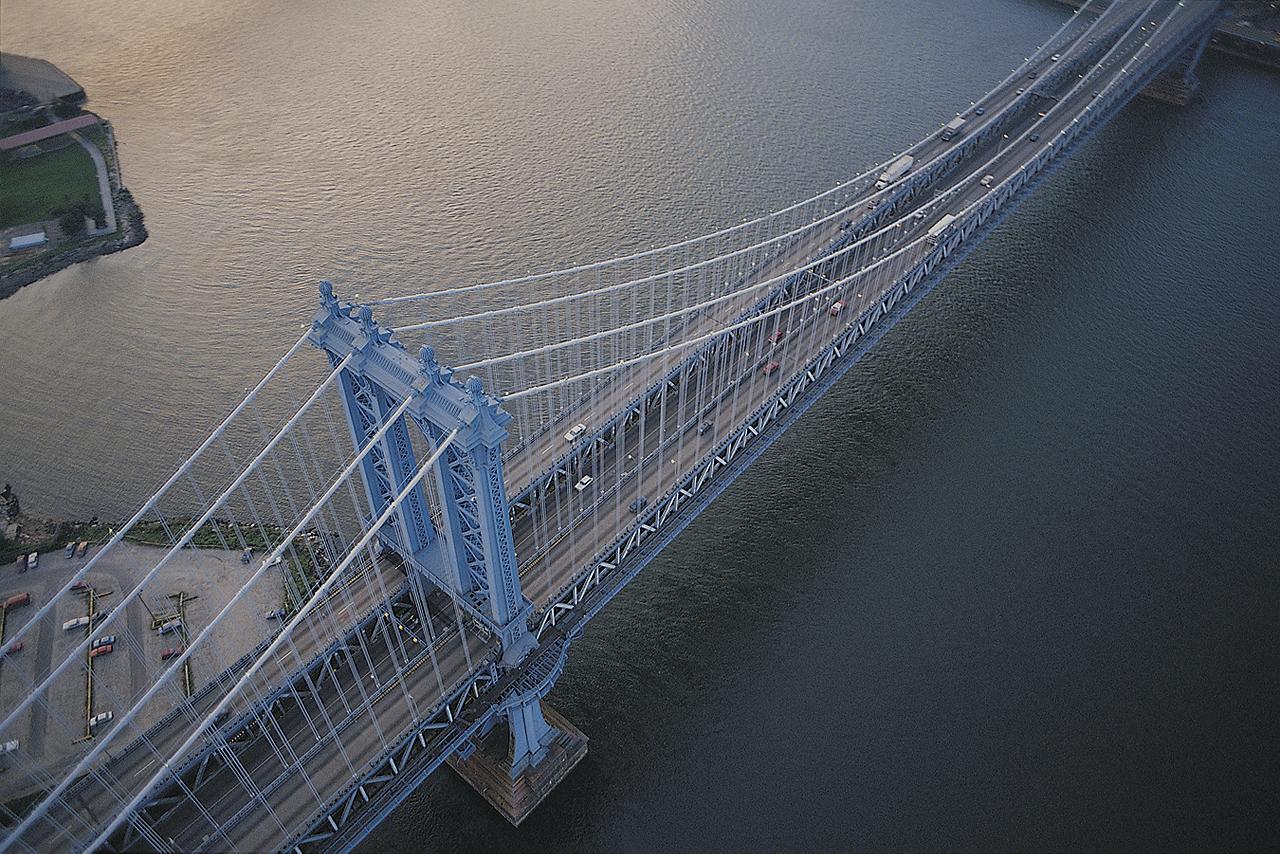Since the first publication of the S&P Indices Versus Active (SPIVA) U.S. Scorecard in 2002, S&P Dow Jones Indices has been the de facto scorekeeper of the ongoing active versus passive debate. The SPIVA Japan Scorecard measures the performance of actively managed funds offered in Japan against assigned benchmarks over various time horizons, covering large-, mid- and small-cap segments, as well as international and global equity funds.
2024 Highlights
2024 proved to be another challenging period for active equity managers in Japan, as a majority of funds underperformed their benchmarks across all reported categories. Domestic equity managers showed improved relative performance compared to the previous year, with underperformance rates of 62% for Japanese Large-Cap and 57% for Japanese Mid-/Small-Cap funds. Conversely, managers with overseas mandates faced greater difficulties, with underperformance rates ranging from 78% to 91%. Exhibit 1 summarizes the results across all reported categories.

- Japanese Large-Cap Funds: The S&P/TOPIX 150 finished 2024 up 22.0%, while active Japan Large-Cap funds posted gains of 20.3% and 19.5% on equal- and asset-weighted bases, respectively. In this category, 62% of funds underperformed the benchmark. Underperformance rates rose for longer timeframes, exceeding 80% over the 5-, 10- and 15-year horizons.
- Japanese Mid-/Small-Cap Funds: Japanese Mid-/Small-Cap funds performed relatively better, achieving the lowest one-year underperformance rate among reported categories; 57% lagged the S&P Japan MidSmallCap. This category also showed better relative performance over longer horizons, with underperformance rates of 53% and 67% over 10 and 15 years, respectively.
- Global Equity Funds: The S&P World Index posted a robust gain of 33.2% (in Japanese yen) in 2024, while Global Equity funds had an asset-weighted average return of 26.5%. During this period, 80% of Global Equity funds underperformed the benchmark, compared to the 10-year average of 72% (see Exhibit 7). Over the 15-year period, all funds failed to outperform the benchmark.
- U.S. Equity Funds: U.S. Equity funds domiciled in Japan faced particularly tough conditions in 2024, with the S&P 500® posting a 39.4% gain (in Japanese yen). In this category, 78% of funds were unable to keep pace, representing an increase in underperformance rate by 12% versus 2023.1 Over both 10- and 15-year periods, 91% of funds underperformed.
- International Equity Funds: International Equity funds recorded a majority underperformance rate of 88% versus the S&P World Ex-Japan Index. The benchmark increased 34.1% (in Japanese yen) in 2024, while active managers achieved an asset-weighted average return of 29.9%. Underperformance rates generally increased over longer-terms, reaching 98% over a 15-year period.
- Emerging Equity Funds: Emerging Equity funds had the highest one-year underperformance rate among reported categories, with 91% failing to outperform the S&P Emerging BMI. Funds achieved returns of 14.8% and 18.3% on an equal and asset-weighted basis, respectively, notably lower than the 24.8% benchmark return (in Japanese yen). By the 10-year horizon, this category experienced a full 100% underperformance.
- Fund Survivorship: Fund liquidation remained moderate overall, with 5.0% of all reported active equity funds domiciled in Japan being merged or liquidated in 2024. Japanese Large-Cap funds saw the largest attrition rate at 6.7%, while Emerging Equity funds saw the smallest at only 1.8% after two consecutive years of over 10% liquidation. Over a 15-year period, 54% of all funds failed to survive (see Report 2).






